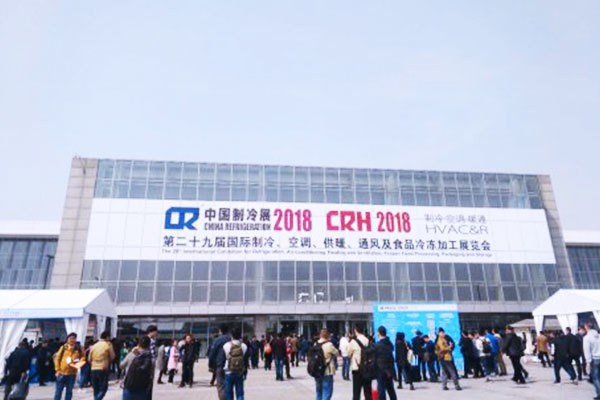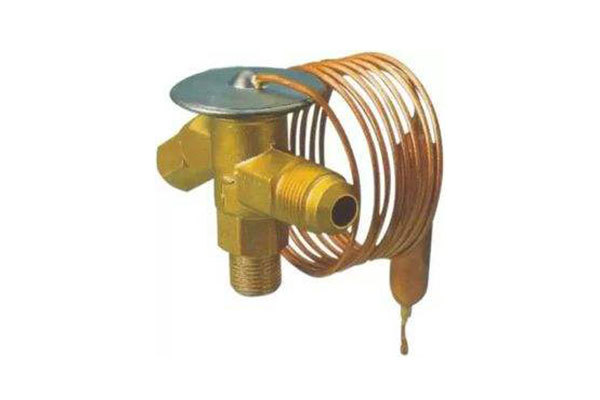Suitable temperatures for food cold storage and fresh food cold storage
2022-12-05
We often encounter this situation, the fruit is broken, the pulp has changed, and a series of other situations, so why does this happen? Because different fruits are suitable for preservation at different temperatures, when buying a fruit preservation cabinet we should also understand the preservation temperatures of these fruits in order to correctly set the appropriate temperature for food cold storage and fresh food cold storage.
The best temperature for peaches, grapes, hawthorns and apricots is around 0℃;
Apple: The suitable refrigeration temperature is -1℃~+1℃, the humidity is 85%~90%, and the storage period is 2-7 days.
Pears: The suitable refrigeration temperature is -1℃~+℃, the humidity is 85%~90%, and the storage period is 1-6 days.
Watermelon: The suitable refrigeration temperature is 2℃~4℃, the humidity is 75%~85%, and the storage period is 7-10 days.
Cherries: The suitable refrigeration temperature is ℃ ~ 1 ℃, the humidity is about 80%, and the storage period is 7-21 days.
Coconut: The suitable refrigeration temperature is ℃ ~ -3 ℃, the humidity is about 75%, and the storage period is 8-12 days.
Grapes: The suitable refrigeration temperature is -1℃~3℃, the humidity is 85%~90%, and the storage period is 1-4 days.
Strawberries: The suitable refrigeration temperature is ℃ ~ ℃, the humidity is 75% ~ 85%, and the storage period is 7-10 days.
Oranges: The suitable refrigeration temperature is 0℃~1℃, the humidity is 80%~90%, and the storage period is 50-70 days.
Pineapple: The suitable refrigeration temperature is 4℃~12℃, the humidity is 85%~90%, and the storage period is 14-20 days.
Bananas should be stored in an environment of 11℃~13℃. If they are placed in the refrigerator, they will rot quickly due to the low temperature. So what fruits are not suitable for refrigeration? KFC Refrigeration has also summarized it for you: many fruits are not suitable to be placed in the fruit preservation cabinet, especially tropical fruits represented by mango, lychee, and banana. Mangoes are sensitive to cold. Once placed in a fruit preservation cabinet, black spots will begin to appear within a few days; if lychees are placed in a fruit preservation cabinet at 0℃ for a day, the peel will turn black and the pulp will change flavor; if bananas are placed in an environment below 12℃ It is easy to turn black and rot, and even cause mildew.
In addition to tropical fruits, persimmons and other berry fruits will lose their flavor and their skin will deteriorate under low temperature conditions. These fruits are not suitable for fruit preservation cabinets to achieve preservation purposes.
In addition, the temperature of cold storage for placing primary fresh commodities is generally set at 0-5 degrees Celsius, which is more suitable and is mainly used for the preservation of fresh meat, dairy products, fresh eggs, fruits and vegetables. The fresh food cold storage keeps the food at a lower temperature, but the temperature is not lower than 0 degrees. In this case, the food can be kept as fresh as possible. Refrigerated prepared foods and processed fresh products can also be placed in such a cold storage for preservation, but it is best not to put them in the same cold storage to avoid odor transfer. Frozen food must be stored in a freezer with a temperature of around -18°C.







